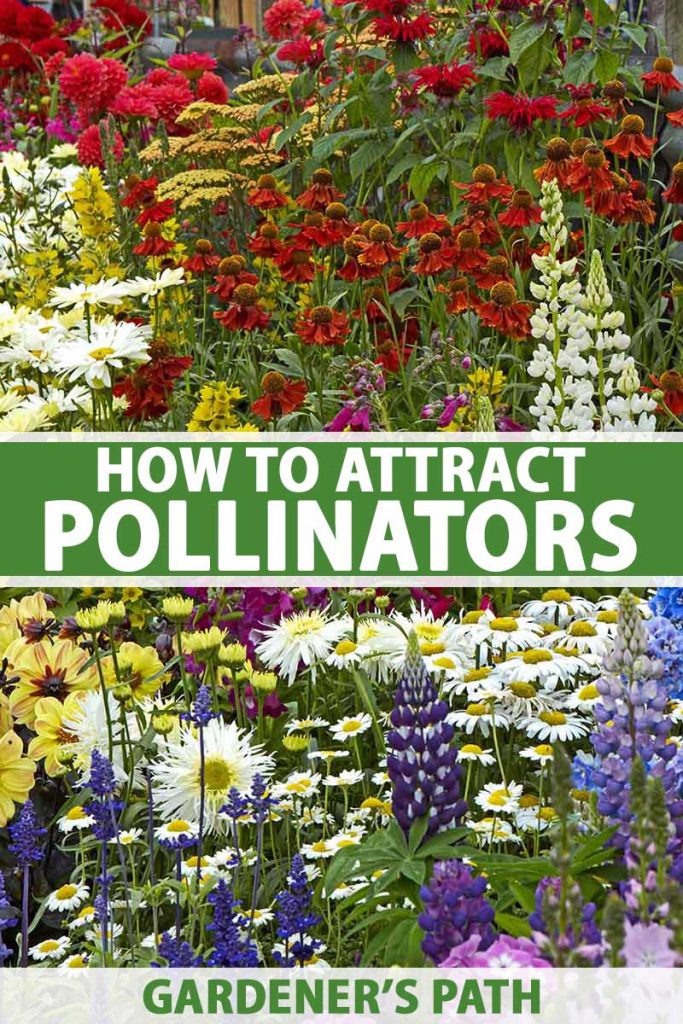Attract Pollinators to Urban Gardens

How to Attract Pollinators to Your Small Urban Garden
Ever felt like your urban garden could use a bit more buzz? Literally! Attracting pollinators isn't just about having a pretty garden—it's about sustaining a tiny ecosystem right at your doorstep. Let's dive into how you can transform your small urban garden into a pollinator paradise.
Why Pollinators Matter
Pollinators are the unsung heroes of our ecosystem. Bees, butterflies, birds, and even some beetles help plants reproduce by transferring pollen from one flower to another. Without them, many of our favorite fruits, vegetables, and flowers wouldn't exist. So, how can you make your urban garden a pollinator hotspot?
Understanding Urban Gardening
Urban gardening is all about making the most of small spaces. Whether you have a balcony, a rooftop, or a tiny backyard, you can create a thriving pollinator habitat. The key is to choose the right plants and provide the essentials that pollinators need.
Creating a Bee-Friendly Garden
Bees are some of the most important pollinators, so let's start with them. To create a bee-friendly garden, you need to think like a bee. What do bees love? Flowers, of course! But not just any flowers. Bees are particularly drawn to bee-friendly plants like lavender, sunflowers, and asters.
Planting a Butterfly Garden
Butterflies are another group of pollinators that can add a touch of magic to your garden. To attract butterflies, you need to provide both nectar plants for adult butterflies and host plants for their caterpillars. Milkweed, for example, is a host plant for monarch butterflies. Other great choices for a butterfly garden include coneflowers, black-eyed Susans, and zinnias.
Choosing Native Plants
When selecting plants for your pollinator garden, it's essential to choose native plants. Native plants have co-evolved with local pollinators, so they're perfectly suited to each other. Plus, native plants are often easier to care for because they're adapted to your region's climate and soil.
Providing Water and Shelter
Pollinators need more than just food. They also need water and shelter. A shallow birdbath or even a saucer filled with water and pebbles can provide a much-needed drink for thirsty pollinators. As for shelter, leaving some areas of your garden a bit wild can provide nesting sites for bees and hiding spots for butterflies.
Avoiding Pesticides
Pesticides can be harmful to pollinators, so it's best to avoid them in your garden. Instead, opt for natural pest control methods like companion planting, beneficial insects, and physical barriers. Remember, a few pests in your garden won't hurt—they're just part of the ecosystem!
Creating a Pollinator Habitat in Small Spaces
Even if you only have a small balcony or a few pots, you can still create a pollinator habitat. Choose compact plants that are well-suited to containers, like herbs, marigolds, and nasturtiums. You can also install a small birdhouse or bee hotel to provide shelter.
Designing Your Pollinator Garden
When designing your pollinator garden, think about planting in clusters. Pollinators are drawn to large groups of flowers, so planting in blocks of color can help attract them. Also, consider planting a variety of plants that bloom at different times of the year to provide a continuous food source.
Maintaining Your Pollinator Garden
Maintaining your pollinator garden is relatively simple. Regular watering, weeding, and deadheading (removing spent flowers) will keep your plants healthy and blooming. Plus, leaving some dead plant material over the winter can provide shelter for overwintering pollinators.
Getting the Community Involved
Urban gardening is a great way to connect with your community. Consider organizing a neighborhood garden tour or a seed exchange to share your knowledge and enthusiasm for pollinators. You can also check out resources like the National Wildlife Federation's guide to attracting pollinators for more tips and ideas.
The Joy of Urban Gardening
There's something incredibly satisfying about watching your urban garden come to life with pollinators. It's not just about the beauty of the flowers or the taste of homegrown veggies—it's about knowing that you're making a difference, one tiny garden at a time.
Conclusion
Attracting pollinators to your small urban garden is a rewarding journey. By choosing the right plants, providing water and shelter, and avoiding pesticides, you can create a thriving pollinator habitat. So, what are you waiting for? Let's get planting!
FAQs
Q: What are the best plants for attracting bees?
A: Bees love plants with lots of small, shallow flowers, like lavender, sunflowers, and asters. They're also drawn to blue, purple, and yellow flowers.
Q: How can I attract butterflies to my garden?
A: To attract butterflies, plant a mix of nectar plants for adults and host plants for caterpillars. Milkweed, coneflowers, and zinnias are all great choices.
Q: Why are native plants important for pollinators?
A: Native plants have co-evolved with local pollinators, so they're perfectly suited to each other. Plus, native plants are often easier to care for.
Q: How can I provide water for pollinators?
A: A shallow birdbath or a saucer filled with water and pebbles can provide a much-needed drink for thirsty pollinators.
Q: What can I do to help pollinators in the winter?
A: Leaving some dead plant material over the winter can provide shelter for overwintering pollinators. You can also plant early-blooming flowers to provide a food source in the spring.
0 Response to " Attract Pollinators to Urban Gardens"
Post a Comment